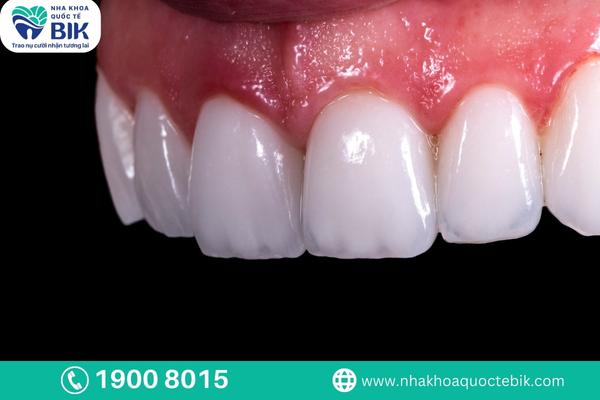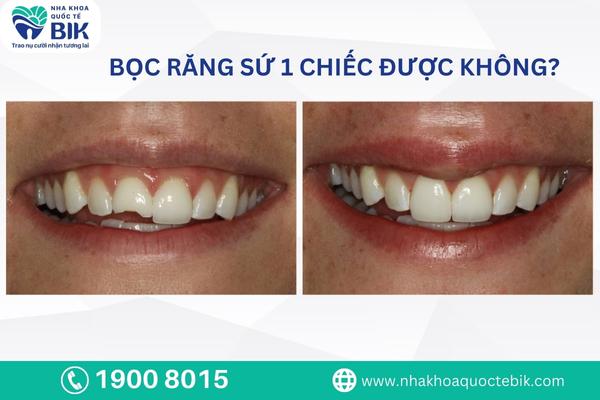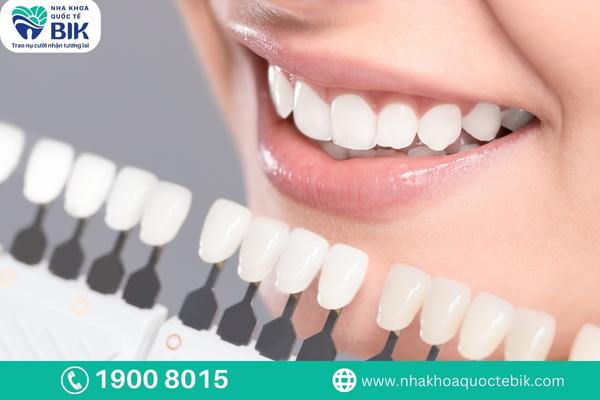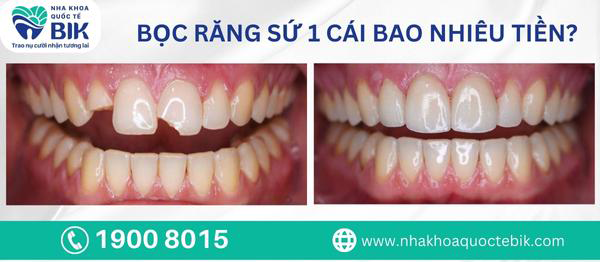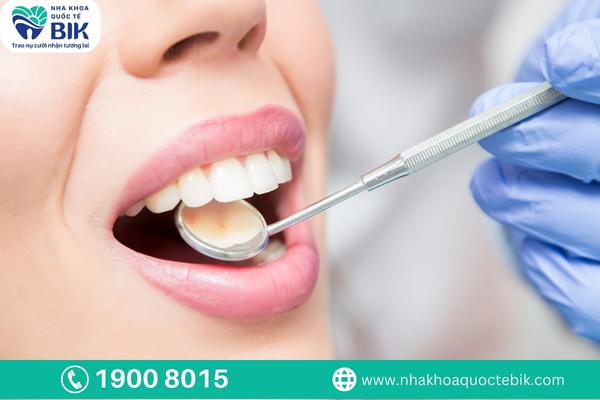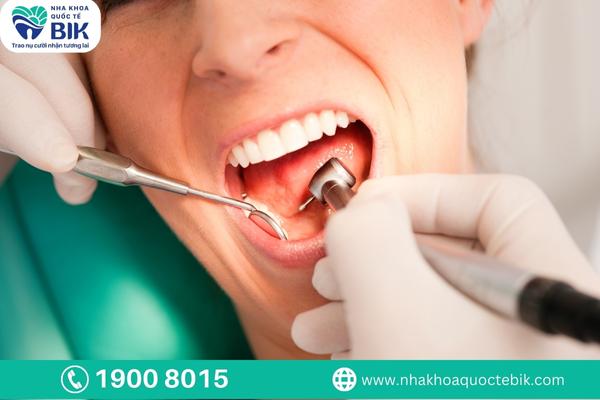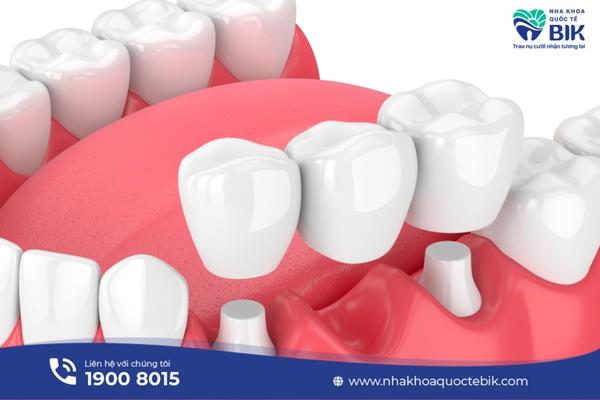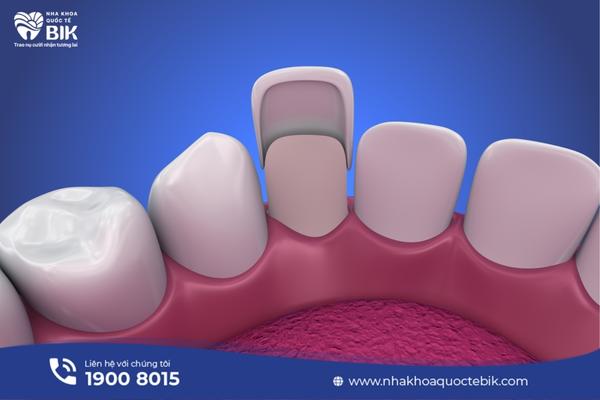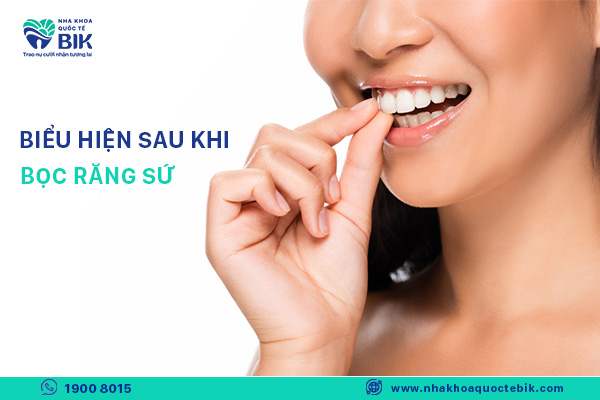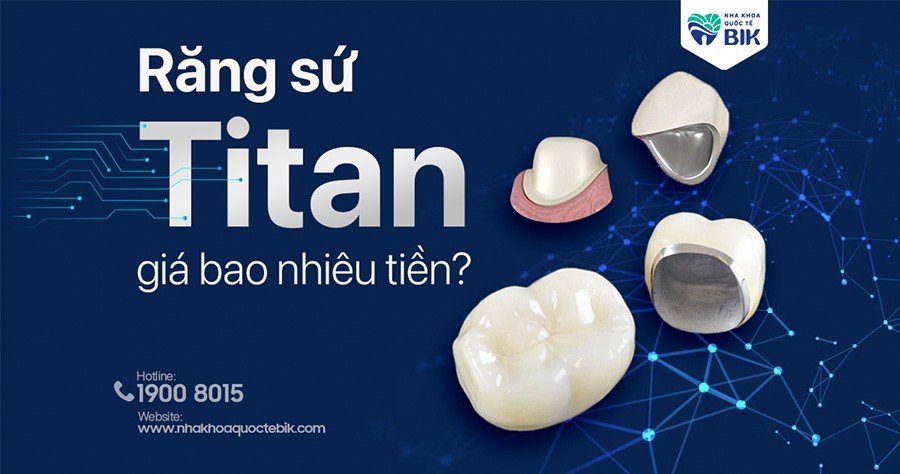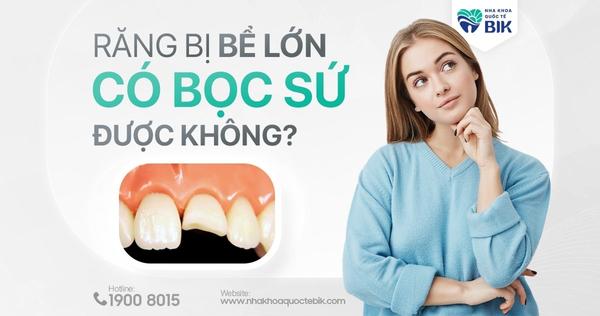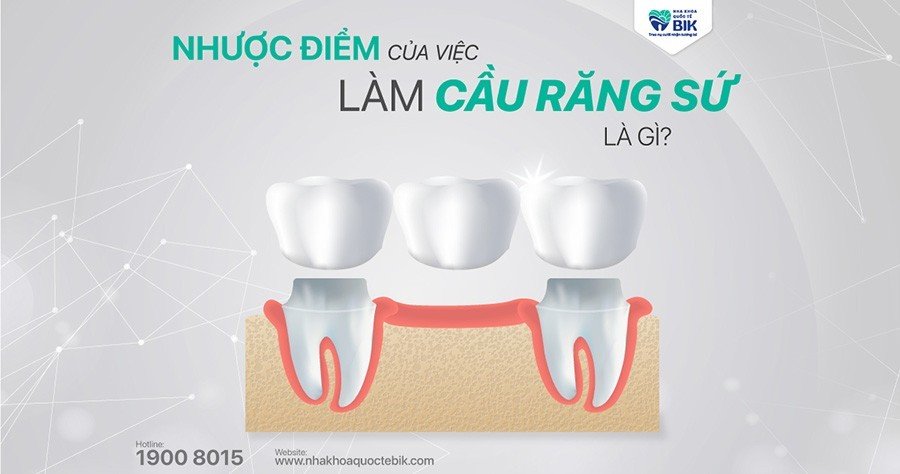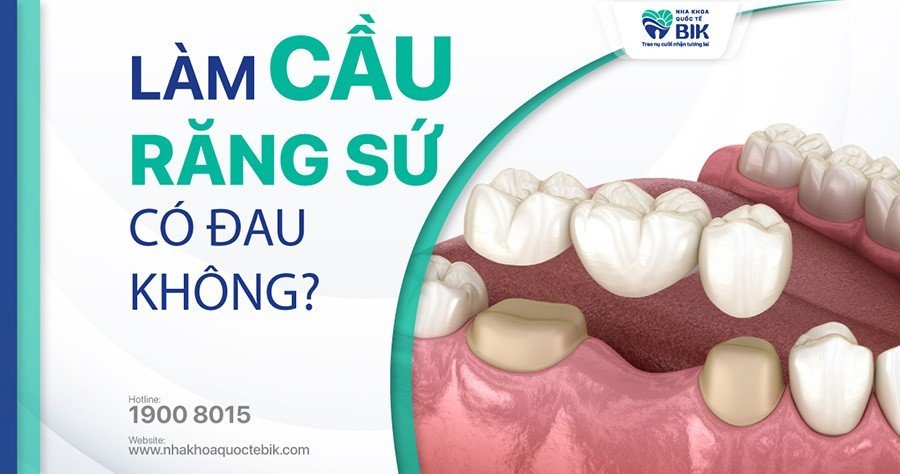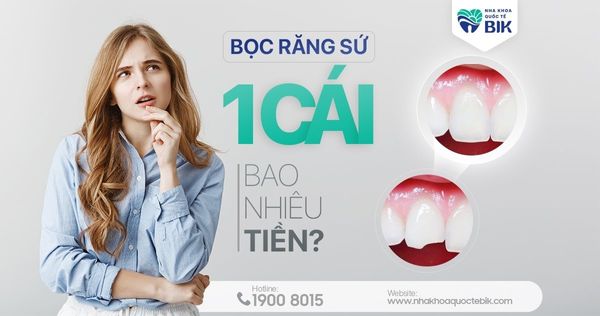
Porcelain tooth covering is an aesthetic restoration method that helps to effectively overcome defects on teeth. In many cases, customers only need to cover one tooth with porcelain and the answer to the question of whether it is possible to cover one tooth with porcelain is absolutely possible. The cost of covering one tooth with porcelain will depend on many factors, in which the type of porcelain tooth that the customer chooses will determine the most the price of covering the tooth with porcelain.
1. What is a porcelain crown?
Porcelain crowns are one of the most popular cosmetic dental restoration methods today. By using a porcelain crown to cover real teeth and cover defects, porcelain crowns not only bring high aesthetics but also effectively restore chewing function.
Porcelain crowns are individually crafted based on each customer’s jaw impression. Therefore, the shape, size and color of the porcelain crown are adjusted to match real teeth, bringing the most natural aesthetics.

Although it brings many benefits, this method is only really effective in the following cases:
– Cracked, broken teeth
– Teeth that are discolored, yellow, or stained at all levels
– Teeth with severe enamel wear or enamel hypoplasia
– Teeth after pulpitis or tooth decay treatment
– Mildly spaced, protruding, or underbite
2. Can I have a single porcelain crown?
Is it possible to have a single porcelain crown? The answer is “yes”. When performing porcelain crowns, the doctor will grind down the real tooth to make a pillar to support the porcelain crown that will be attached above. The porcelain crown and the real tooth will be attached together with specialized dental glue to ensure long-term strength and durability.
Because the porcelain crown process only requires grinding down the stump of one real tooth that needs to be covered with porcelain without interfering with or invading adjacent teeth, customers can choose to cover one tooth or many teeth with porcelain depending on their needs.
To have a porcelain crown on a tooth safely, customers should choose to do it at reputable dental facilities with a team of good doctors. The doctor’s meticulous and precise manipulation during the porcelain crown grinding process can ensure that the structure of the tooth that needs to be covered with porcelain and the adjacent teeth are not affected. At the same time, this is also a factor that largely determines the long-term effectiveness of the porcelain crown procedure.
3. Which type of porcelain crown is the best?
There are 3 popular types of porcelain teeth on the market: Regular metal porcelain teeth, Titanium metal porcelain teeth and all-ceramic porcelain teeth. So which type of porcelain teeth should you choose to bring the best results? Let’s learn about each type of porcelain teeth below with BIK International Dental Clinic:
3.1. Conventional metal ceramic teeth
Conventional metal ceramic teeth are made from 2 different materials. The inner core is made from Chromium-Nickel or Chromium-Cobalt alloy and is covered with a layer of glossy porcelain on the outside. This porcelain layer helps the teeth have a color similar to real teeth, bringing high aesthetics. However, when exposed to light, these ceramic teeth will appear black due to the color of the metal inside. In addition, the metal component will be oxidized in the oral cavity environment after about 2-3 years of use, causing the gum line to turn black, which is unsightly.
3.2. Titanium metal ceramic teeth
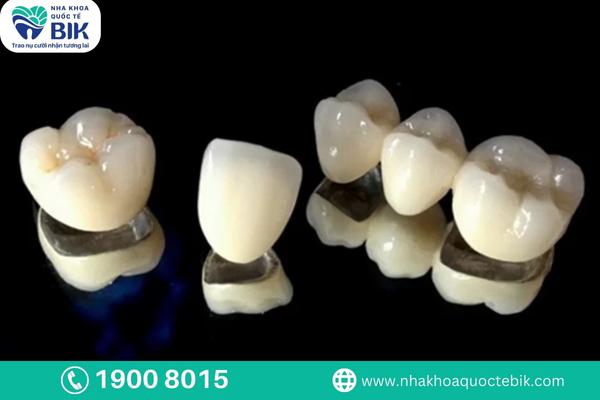
Similar to metal ceramic teeth, Titan metal ceramic teeth also have a 2-part structure, but the difference is that the inner core is made from an alloy containing 4-6% Titanium. This is a very popular material used in the dental industry and has been tested to be completely benign and safe for the body. This is considered a type of ceramic teeth suitable for many customers at a reasonable price, especially for those who are easily irritated by metal.
3.3. All-ceramic teeth
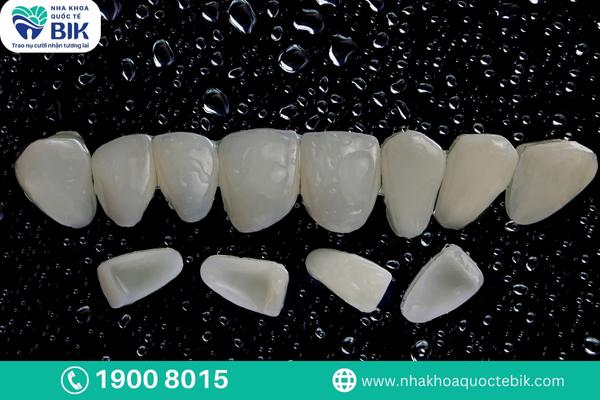
As the name suggests, all-ceramic teeth are made from 100% high-grade ceramic materials to help bring natural colors like real teeth, while effectively restoring chewing function thanks to the strength 4-5 times that of real teeth. Not only that, ceramic materials cannot be oxidized in the oral cavity and are not easily affected by any impact, so they can last up to 25 years. And this is also the best type of ceramic teeth compared to regular metal ceramic teeth and titanium metal ceramic teeth.
4. How much does a porcelain crown cost?
The price of a porcelain crown depends on the condition of your teeth and the type of porcelain crown you choose. Normally, the price of porcelain crowns ranges from 1,500,000 – 12,000,000 VND/tooth. Here are some factors that affect the price of porcelain crowns:
4.1. Types of porcelain teeth
Each type of porcelain teeth that is popular on the market today has its own advantages and disadvantages and has a price difference that is worthy of the benefits they bring. In particular, the price for a metal porcelain tooth is about 1,500,000 – 2,000,000 VND/tooth. Titan porcelain teeth cost about 2,500,000 – 3,800,000 VND/tooth and all-ceramic teeth cost from 4,000,000 – 12,000,000 VND/tooth.
4.2. Oral health
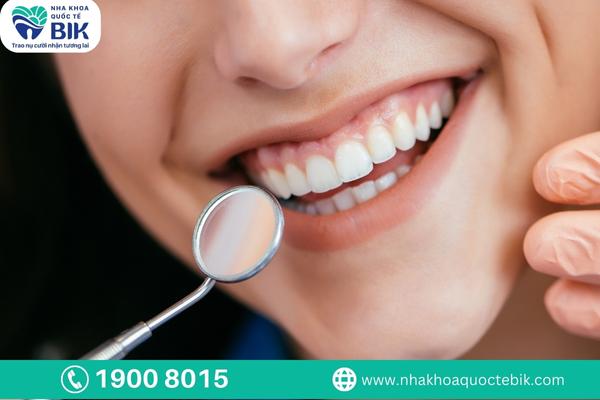
Oral health is one of the factors that affect the cost of porcelain teeth. All oral health conditions such as tooth decay, periodontitis, gingivitis, pulpitis, etc. need to be thoroughly treated before porcelain teeth are covered. Although it is necessary to pay additional treatment costs in addition to the price of porcelain teeth, customers will be guaranteed safety during and after porcelain teeth are covered.
4.3. Dental address
If customers choose reputable, quality dental facilities with a team of doctors with many years of experience, high skills and expertise, the price of covering 1 porcelain tooth will not be low. However, customers will feel secure throughout the service process because these facilities are often fully equipped with advanced technology equipment to support the porcelain covering process to be more accurate and safe.
5. Porcelain tooth covering process for 1 tooth
The process of covering a single tooth with porcelain usually includes the following basic steps:
5.1. Examination and consultation
First, the customer will have a general examination of their oral health and take an X-ray if necessary. From the results obtained, the doctor will advise on the number of teeth that need to be covered with porcelain as well as the type of porcelain teeth the customer can choose.
5.2. Oral hygiene
The doctor will perform oral hygiene through steps such as scaling and cleaning the oral cavity to remove bacteria, avoiding infection when performing porcelain covering. After that, the area that needs to be covered with porcelain will be locally anesthetized to help the customer feel more comfortable while grinding the teeth.
5.3. Grinding the tooth stump
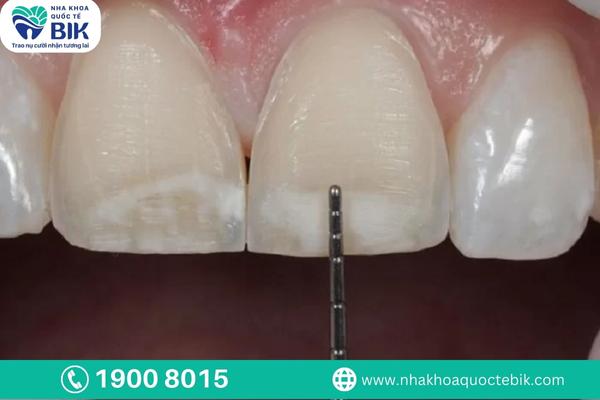
The tooth grinding ratio is usually carefully calculated in advance to ensure that the structure and pulp of the tooth are not invaded. The doctor will grind the tooth stump according to the above ratio to ensure the safety of the customer’s health.
5.4. Taking a tooth impression
The doctor will take a tooth impression using a specialized tool and send it to the Labo room to make porcelain teeth.
5.5. Installing porcelain teeth
After the porcelain crown has been completed, the customer will be scheduled to come to the dentist to have the porcelain crown fixed when ensuring there is no feeling of discomfort or discomfort.
6. Notes after covering 1 porcelain tooth
To prolong the life of porcelain teeth, customers should note the following:
6.1. Oral hygiene
Brush your teeth at least twice a day with a soft-bristled toothbrush with moderate force to avoid damaging soft tissues and causing bleeding gums.
Replace your toothbrush every 3-4 months to prevent bacteria from accumulating.
Use fluoride toothpaste to help keep your teeth strong.
Combine the use of mouthwash and dental floss to remove all food particles from between your teeth.
6.2. Diet
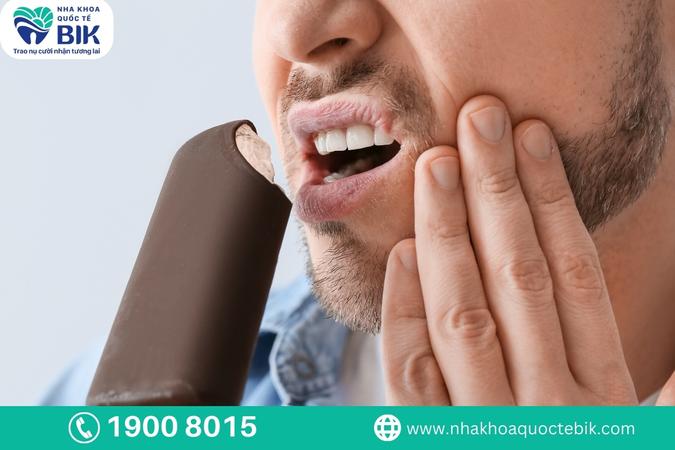
Limit foods that are too hard or too tough because if you use too much force, both the real teeth and the porcelain teeth inside will be damaged.
Limit the use of foods that are too hot or too cold suddenly, especially for those who choose metal porcelain teeth with good heat conduction. Because the tooth grinding process makes real teeth sensitive, they are easily irritated and sore.
Stay away from cigarettes, alcohol and other stimulants because these are the leading causes of porcelain teeth being stained and yellowed.
6.3. Regular check-ups
Customers should visit the dentist every 6 months to check the condition of their porcelain teeth, have their teeth cleaned, and promptly detect and treat other oral diseases if any.
So with the above information, BIK International Dental Clinic hopes that customers have the answer to the question of whether it is possible to have a single porcelain crown. Because the porcelain crown method only affects the position of the tooth that needs to be covered with porcelain without affecting the adjacent teeth, customers can choose to have a single porcelain crown performed at reputable dental facilities to ensure safety.

